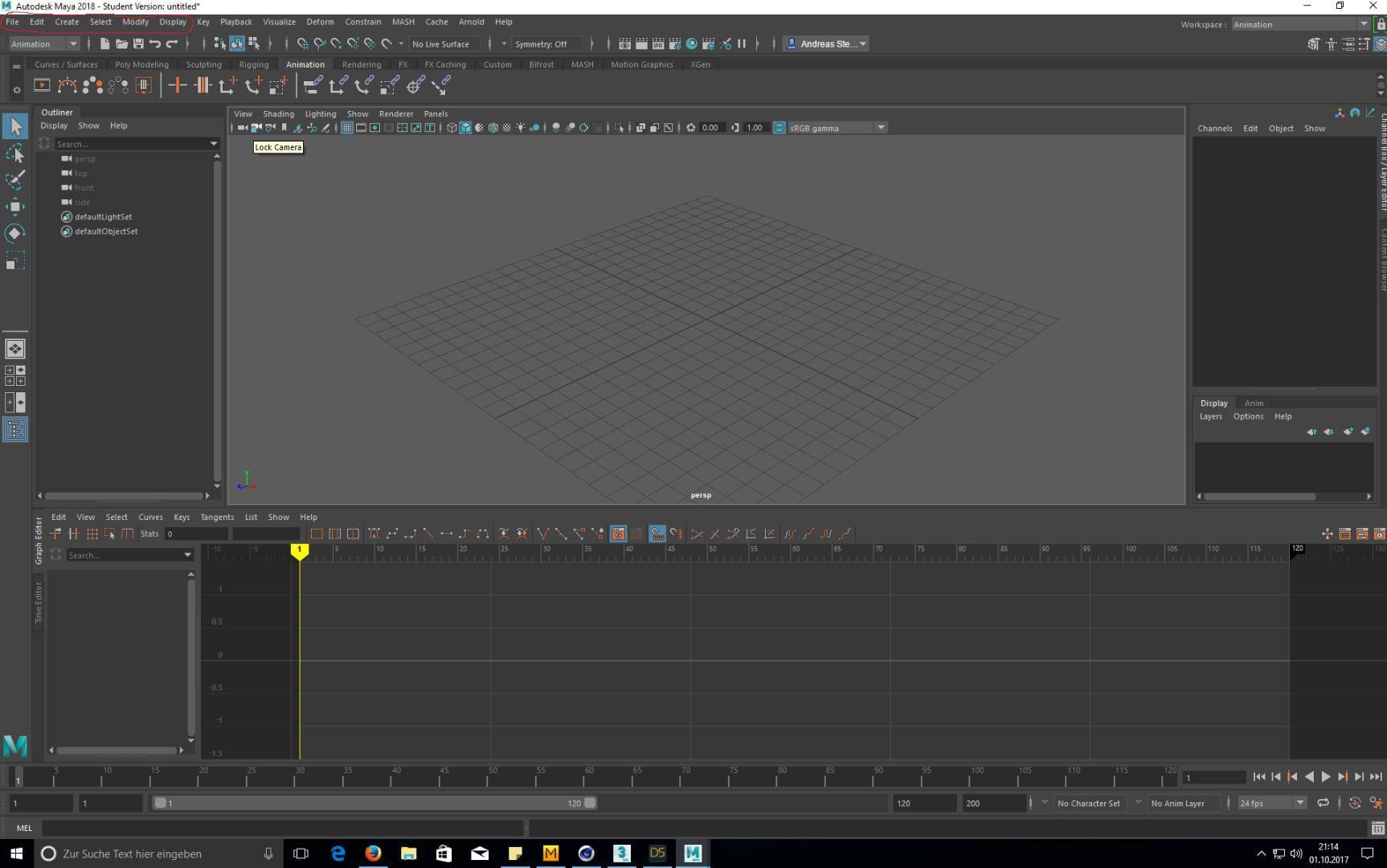

The toolset adds new combustion and aerodynamics solvers for fire and smoke, and a new Material Point Method (MPM) solver for granular fluids like snow and sand, cloth, and fine strands like hair and grass.Īrnold supports all of the Bifrost geometry types, including volumes, strands and instances. Other new features in Arnold 5.4 include support for Bifrost for Maya, the new visual progamming environment for physics simulations introduced in Maya 2019.2 and available as a plugin for Maya 2018.0+. Support for Bifrost for Maya, plus a new Clip Geo shader for rendering cutaways At the time of posting, the online list of features supported in Arnold GPU hadn’t been updated, but details should appear there. The latest update fills in many of the major features missing from Arnold GPU in the 5.3 release, including Open Shading Languge, OpenVDB volumetrics, random walk subsurface scattering, and light portals.Īutodesk’s blog notes that there are “some limitations to OSL and OpenVDB support”.

The implementation is based on Nvidia’s OptiX ray tracing framework, and supports RTX, the firm’s hardware implementation of the DirectX Raytracing API, available in its current-gen RTX graphics cards.

Initial support for OSL and OpenVDB in Arnold GPUĪrnold 5.4 extends Arnold GPU, the much-anticipated GPU rendering system introduced in Arnold 5.3 earlier this year, and still officially in beta. The update, which was announced at Siggraph 2019, is due to ship later today. Arnold 5.4’s new Clip Geo shader in action, in an image rendered by Autodesk in-house artist Lee Griggs.Īutodesk has unveiled Arnold 5.4, the latest version of the VFX-industry-standard production renderer, extending Arnold GPU, adding support for Bifrost for Maya, and a new Clip Geo shader for cutaway images.


 0 kommentar(er)
0 kommentar(er)
